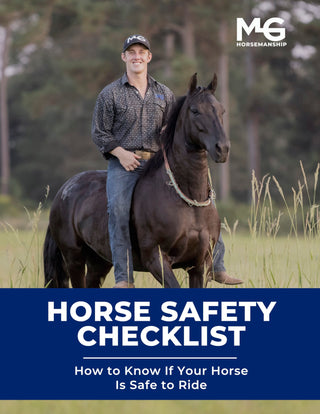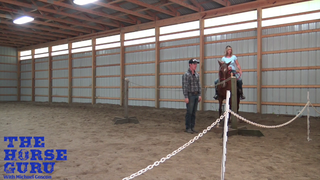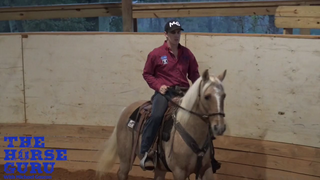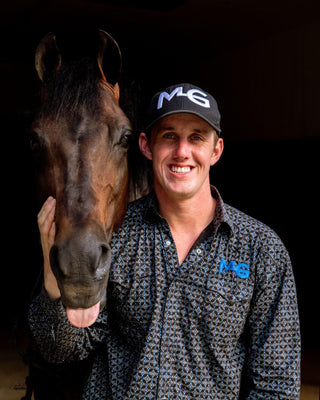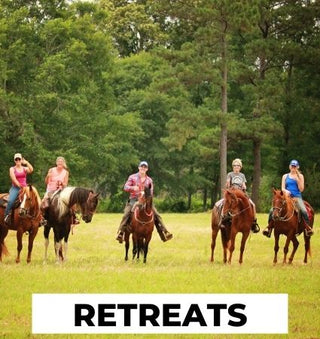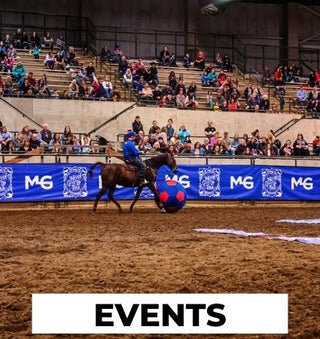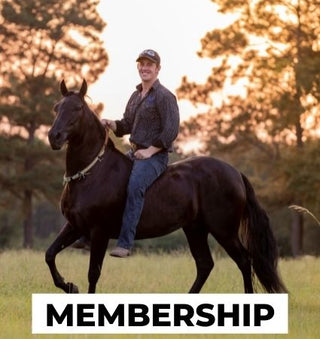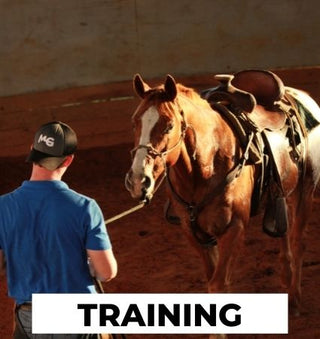Watch the Video Here or continue reading below!
When you’re roping from horseback, controlling your reins and your rope at the same time becomes essential. Without good rein management, it’s nearly impossible to rope effectively, especially if your horse isn’t trained to neck rein.
If your horse doesn’t respond to one-handed neck reining, roping will be a serious challenge. That’s why it’s crucial to start with the right kind of reins and a neck-reining foundation before moving on to live roping scenarios.
Choosing the Right Reins for Roping
Short and Thin Reins Make All the Difference
For riders who are new to roping, using short, thin reins is a game-changer. Long or heavy reins—like traditional split reins—can get in the way unless you’re already proficient at rope and coil handling.
Most beginner ropers benefit from reins that are:
-
Short enough to avoid excess slack
-
Thin for easy handling
-
Designed for one-handed control
Setting Up Your Rope and Reins
Step-by-Step Guide to Proper Positioning
To successfully rope from your horse, you need to position everything just right:
-
Rope Tassel – Place the tassel (or tail) of your rope on the left side of your saddle.
-
Rein Grip – Hold the reins with your middle finger and ring finger, leaving your hand open to manage your coils.
-
Coils in Left Hand – Hold your rope coils in your left hand, along with the reins. Your right hand should only be holding the loop for your throw.
Building the Perfect Loop
How to Create a Proper Roping Loop
When forming your loop:
-
The honda (where the rope is tied) should be about arm’s length from your body.
-
The loop should be about the size of your reach from shoulder to foot.
-
If your loop has a twist, flip the entire loop to straighten it out.
Now, with your loop in your right hand and reins plus coils in your left, you’re ready to chase a cow!
Why Coil Placement Matters
Keep Your Coils on the Right Side
When you’re riding and ready to rope, always keep your coils on the right side of the horse’s neck. This ensures a clean throw—when you release the rope, it won’t tangle or snag, giving you a smooth shot at your target.
How to Release and Recoil Effectively
Letting Go and Recoiling With Ease
Watch your left hand when throwing—your coils should release freely from your grip. After you throw:
-
Pull back toward your hip
-
Wrap your rope around the horn
-
Then recoil by:
-
Pulling back as far as your arm reaches
-
Twisting the rope
-
Stacking your coils neatly in your hand
-
Repeat the motion for smooth, consistent recoil.
Practice Makes Perfect
The best way to improve your rein and rope management is by practicing at home. The more reps you put in, the more natural it will feel to ride one-handed and manage your coils confidently. Rope with intention, train your horse to neck rein, and keep your setup simple and efficient.
Final Thoughts
Whether you’re roping dummies or gearing up for live cattle work, solid rein and rope management skills are essential. With the right technique and equipment, you’ll feel more in control and be able to focus on your throw.



